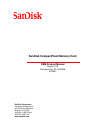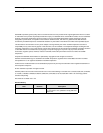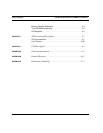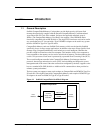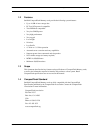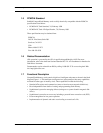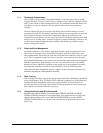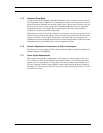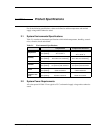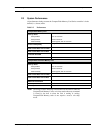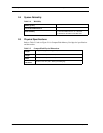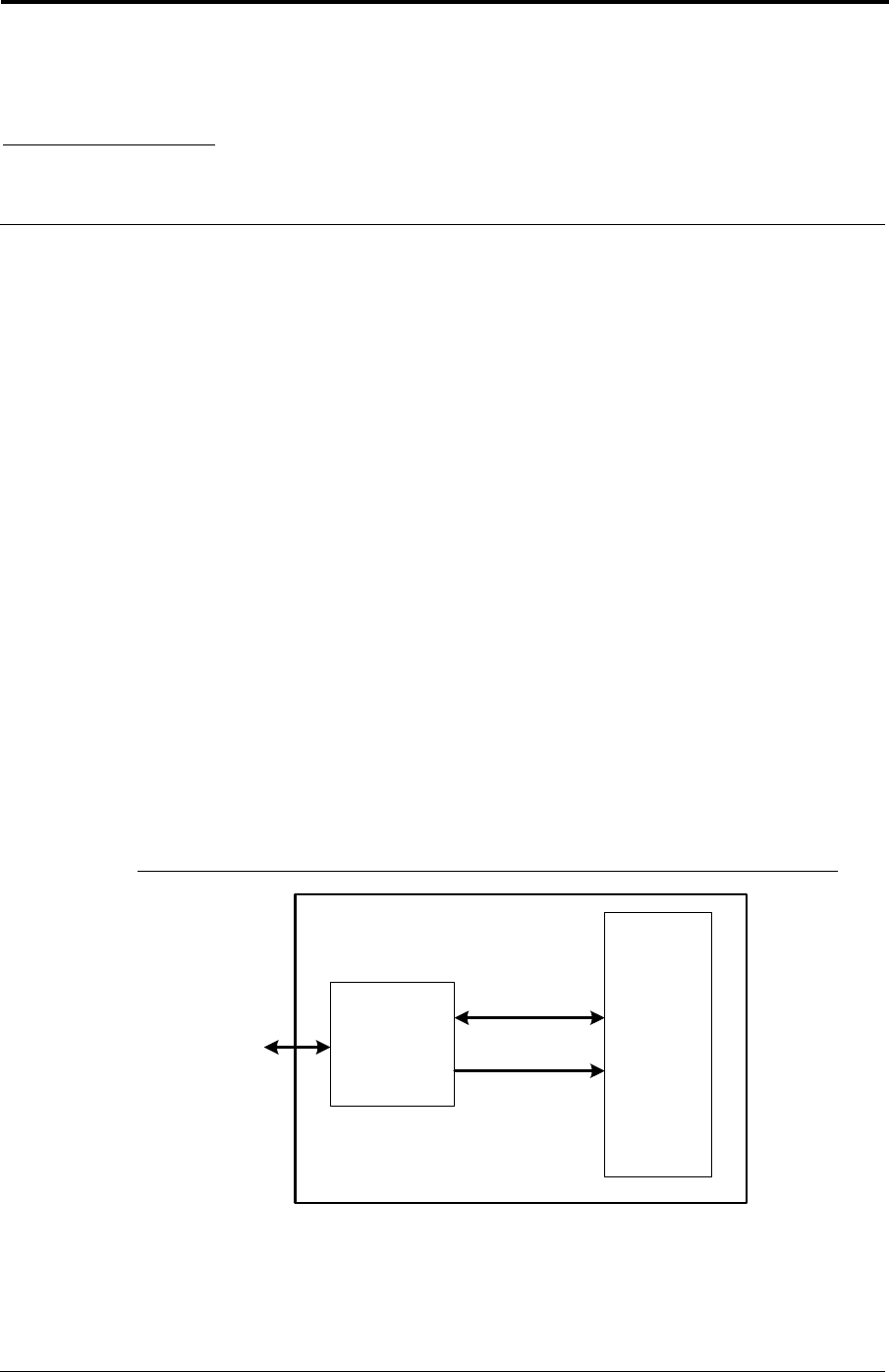
CHAPTER 1 Introduction
1.1 General Description
SanDisk CompactFlash® Memory Card products provide high capacity solid-state flash
memory that electrically complies with the Personal Computer Memory Card International
Association ATA (PC Card ATA) standard. (In Japan, the applicable standards group is
JEIDA.) The CompactFlash Memory Card Series also supports a True IDE Mode that is
electrically compatible with an IDE disk drive. The original CF form factor card can be used in
any system that has a CF slot, and with a Type II PCMCIA adapter can be used in any system
that has a PCMCIA Type II or Type III socket.
CompactFlash Memory cards use SanDisk Flash memory, which was designed by SanDisk
specifically for use in mass storage applications. In addition to the mass storage-specific flash
memory chips, CompactFlash Memory cards include an on-card intelligent controller that
provides a high level interface to the host computer. This interface allows a host computer to
issue commands to the memory card to read or write blocks of memory. The host addresses the
card in 512 byte sectors. Each sector is protected by a powerful Error Correcting Code (ECC).
The on-card intelligent controller in the CompactFlash Memory Card manages interface
protocols, data storage and retrieval as well as ECC, defect handling and diagnostics, power
management and clock control. Once the card has been configured by the host, it appears to the
host as a standard ATA (IDE) disk drive. Additional ATA commands have been provided to
enhance system performance.
The host system can support as many cards as there are CompactFlash and PCMCIA Type II or
III card slots. The original form factor CompactFlash Memory cards require a PCMCIA Type
II Adapter to be used in a PCMCIA Type II or Type III socket.
Figure 1-1 SanDisk CompactFlash Card Block Diagram
Host
Interface
Flash
Memory
SanDisk
Single Chip
Controller
Control
Data In/Out
SanDisk CompactFlash
© 2007 SanDisk Corporation 1-1 Rev. 12.0, 02/07



